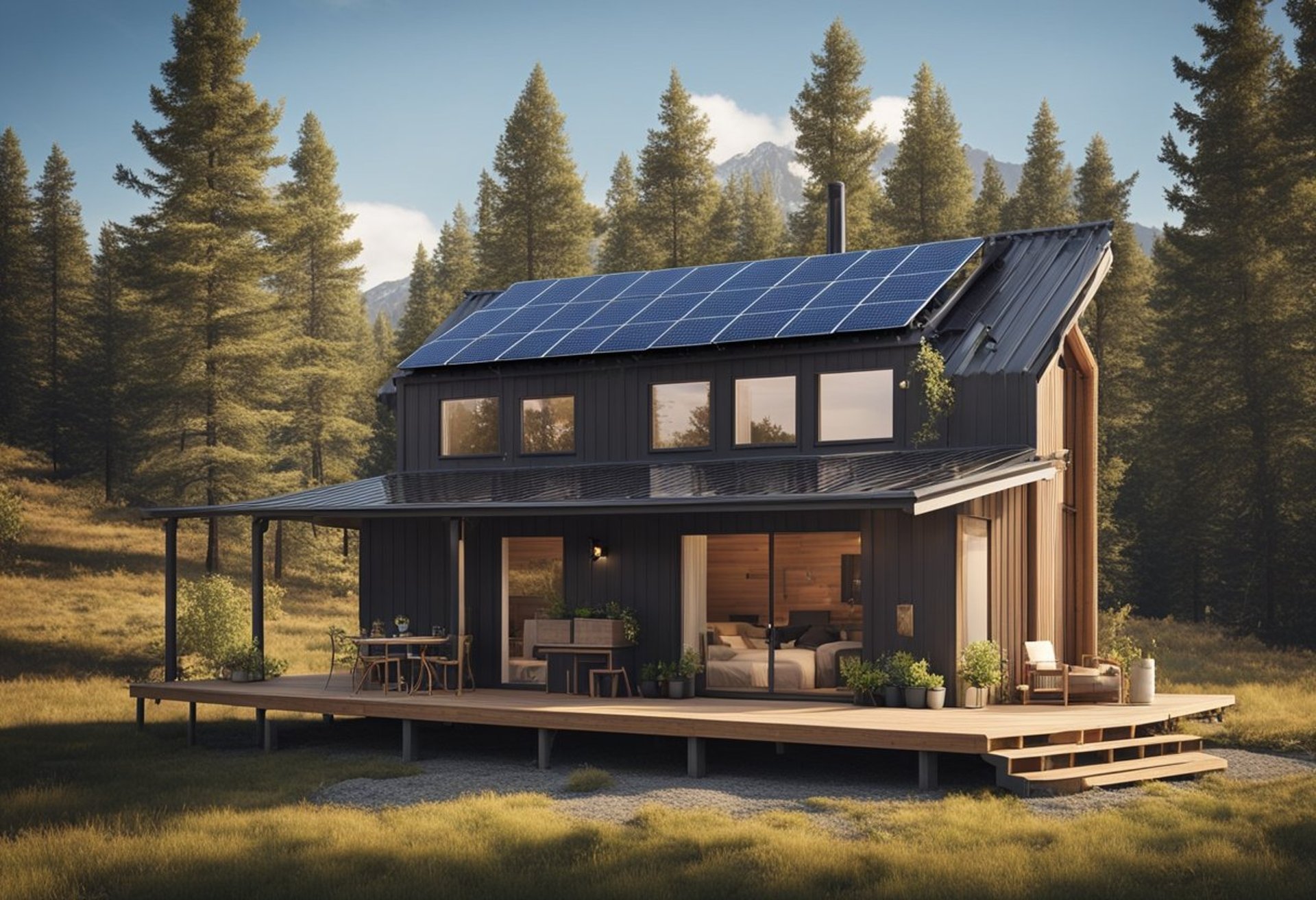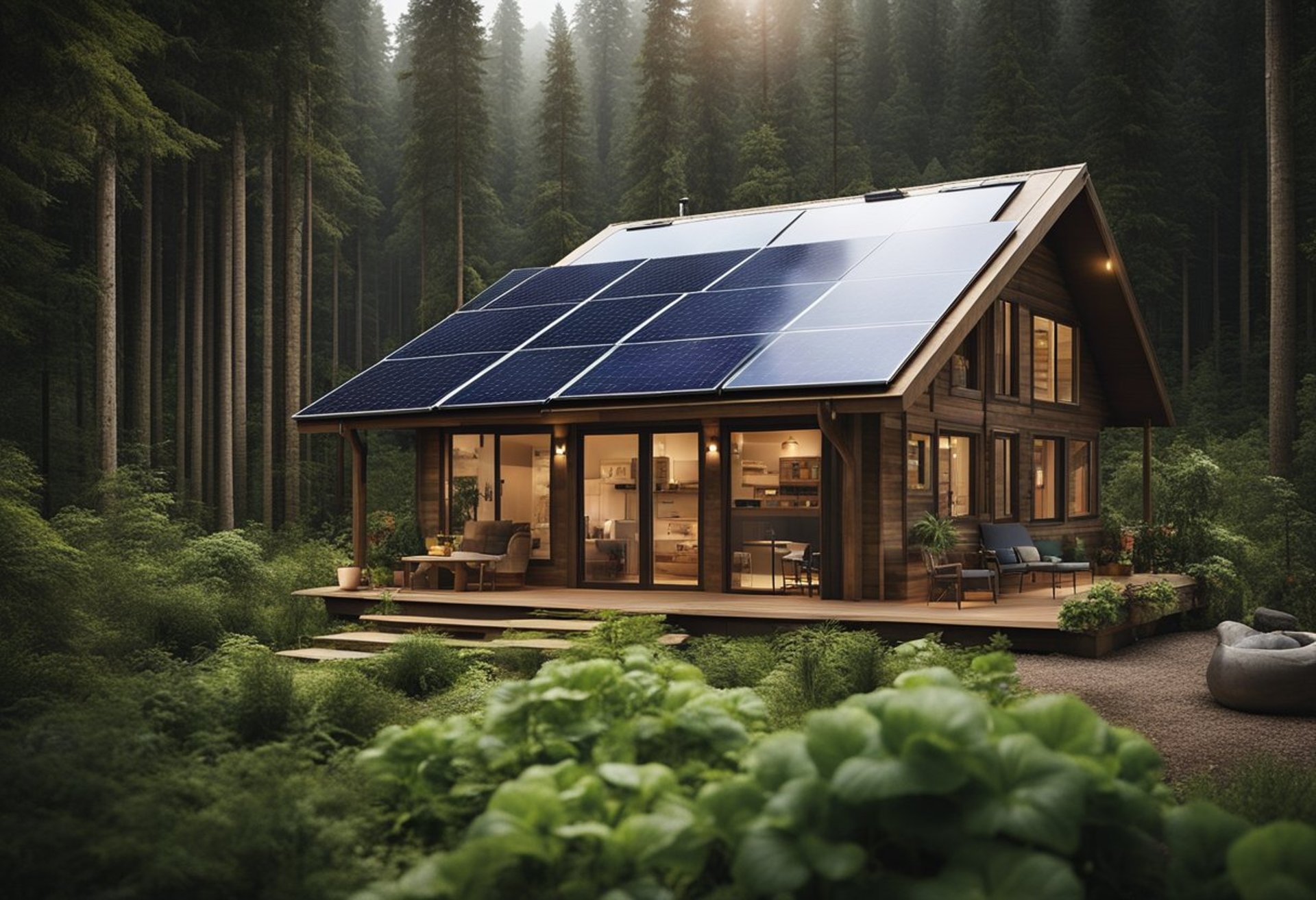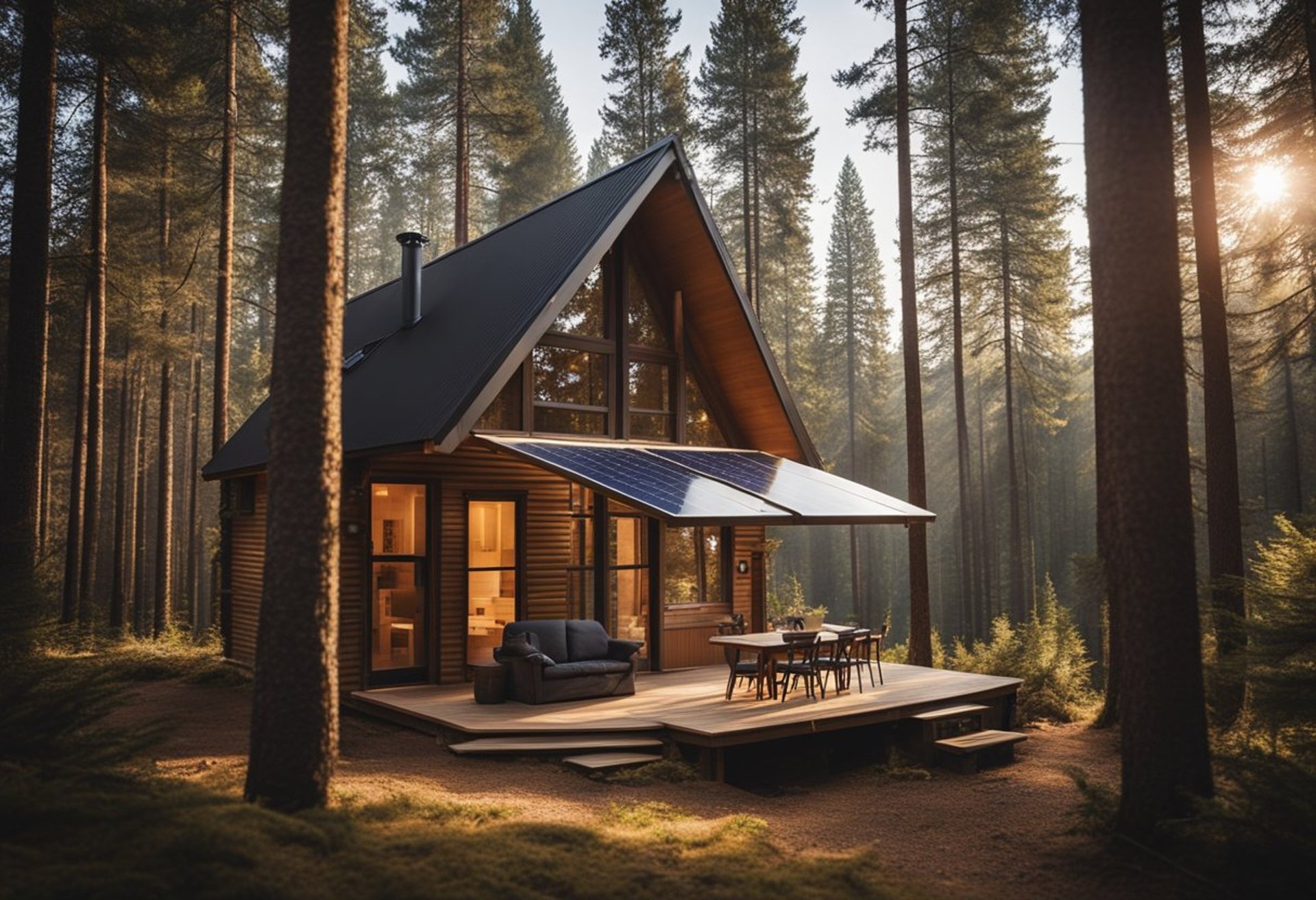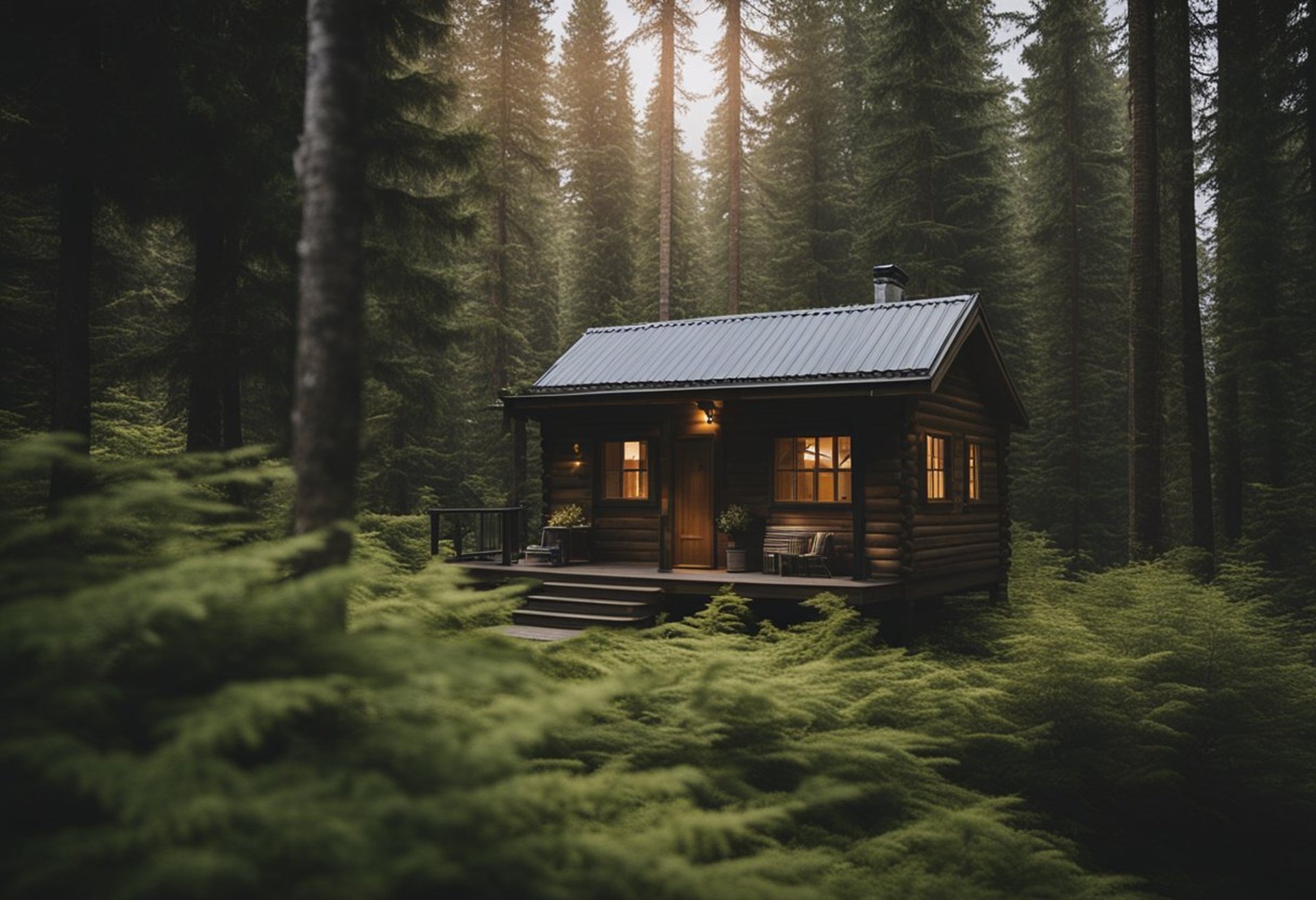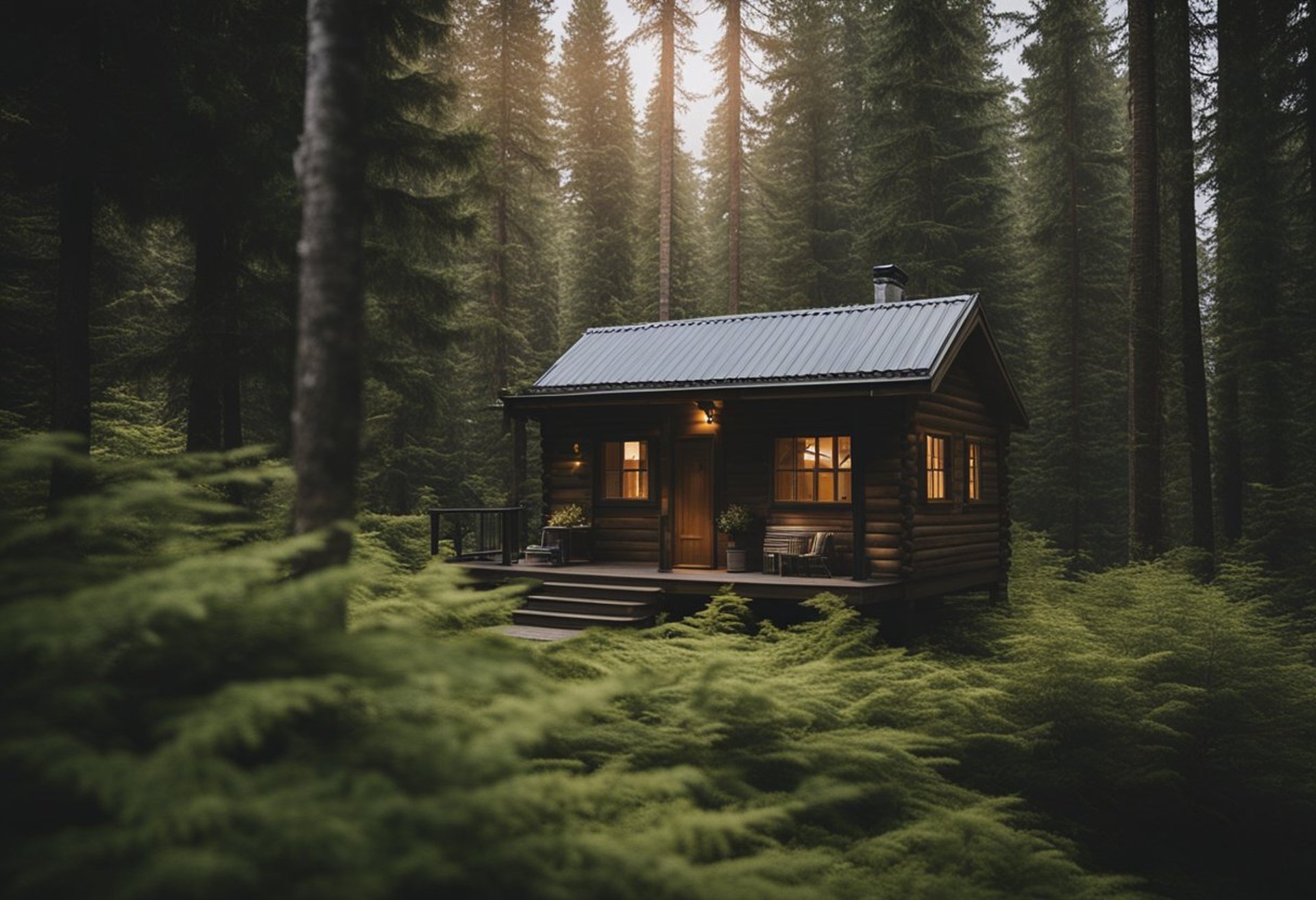3 Bedroom Off Grid Cabin: A Guide to Sustainable Living and Design
For those looking to escape the hustle and bustle of modern life, a 3 bedroom off grid cabin offers a sustainable and serene retreat. This type of living not only embraces nature but also fosters self-sufficiency and minimalism. Exploring the design and functionality of these cabins reveals how they can enhance one’s quality of life while promoting environmental consciousness.
3 Bedroom Off Grid Cabin: A Guide to Sustainable Living and Design
For those looking to escape the hustle and bustle of modern life, a 3 bedroom off grid cabin offers a sustainable and serene retreat. This type of living not only embraces nature but also fosters self-sufficiency and minimalism. Exploring the design and functionality of these cabins reveals how they can enhance one’s quality of life while promoting environmental consciousness.
By focusing on essential living features, these cabins can be both cozy and practical. Each room can serve multiple purposes, allowing residents to adapt to their needs without unnecessary clutter. Emphasizing self-reliance through renewable resources further enhances the appeal of off-grid living.
Understanding the fundamentals of off-grid cabin life opens up new possibilities for those seeking tranquility and sustainability in their daily routine.
Key Takeaways
A 3 bedroom off grid cabin provides a sustainable living option.
Smart design maximizes space and function for residents.
Emphasis on self-sufficiency fosters a deeper connection with nature.
Fundamentals of Off Grid Cabin Living
Off-grid cabin living emphasizes self-reliance, sustainability, and the ability to disconnect from traditional utilities. A 3-bedroom configuration provides both space for family or guests and opportunities for efficient resource management. Understanding the core aspects is key for successful off-grid living.
Understanding Off Grid Living
Off-grid living means being independent from municipal utilities such as water, electricity, and sewage systems. This lifestyle requires thoughtful planning and resource management to ensure comfort and functionality.
Key components include:
Water Supply: Rainwater harvesting and well systems are common solutions.
Energy Sources: Solar panels, wind turbines, or micro-hydro systems are often used to generate electricity.
Waste Management: Composting toilets and greywater systems help manage waste sustainably.
People who choose this lifestyle often value environmental stewardship and self-sufficiency.
Advantages of a 3 Bedroom Off Grid Cabin
A 3-bedroom off-grid cabin offers various advantages that cater to families or individuals looking for more space. It allows for flexible use, including guest accommodations or dedicated workspaces.
Some benefits include:
Space for Family: Provides room for family members or guests, enhancing social interaction.
Design Flexibility: Homeowners can design spaces tailored to their lifestyle needs, such as a home office or workshop.
Potential for Rental Income: The extra bedrooms could serve as a vacation rental, generating income while maintaining a self-sufficient lifestyle.
Having multiple bedrooms contributes to both practicality and comfort.
Essential Considerations for Sustainability
Sustainability is central to off-grid living and involves several key factors for maintaining a responsible lifestyle.
Important considerations include:
Resource Management: Efficient use of water, energy, and materials minimizes environmental impact.
Building Materials: Utilizing sustainable and local materials can enhance energy efficiency and reduce carbon footprints.
Permaculture Practices: Engaging in permaculture can aid in food production and create a self-sustaining ecosystem around the cabin.
By adhering to these principles, individuals can create a harmonious balance between living comfortably and preserving natural resources.
Designing Your Off Grid Cabin
Designing an off-grid cabin involves thoughtful considerations for space, sustainability, and aesthetics. Effective design maximizes functionality while creating a harmonious living environment.
Maximizing Space in 3 Bedrooms
Efficient use of space is crucial in a 3-bedroom cabin. Each bedroom should be designed to serve multiple purposes. For instance, incorporating loft beds frees up floor space for other activities.
Built-in furniture, such as shelves and desks, helps minimize clutter. Utilizing natural light with large windows can make rooms feel more spacious.
Consider using open floor plans for shared living areas. This encourages airflow and makes the cabin feel less confined. Storage solutions like under-bed drawers can further help in organizing personal items.
Home Design Ideas for Off The Grid Living
In off-grid design, sustainability is essential. Use renewable materials, like reclaimed wood or bamboo, for construction. This not only reduces environmental impact but also offers a rustic charm.
Installing energy-efficient appliances is vital for reducing resource consumption. Moreover, solar panels can power these appliances, enhancing self-sufficiency.
Eco-friendly insulation materials keep the cabin comfortable year-round. Adding features like a rainwater collection system promotes sustainable water usage. Each element should contribute to the overall functionality of the home.
Incorporating Natural Elements in Design
Natural elements enhance both the aesthetics and atmosphere of an off-grid cabin. Using local stone or timber for the exterior provides a seamless blend with the environment.
Large windows not only invite natural light but also offer views of the surrounding landscape. This connection to nature enhances the living experience.
Incorporating indoor plants can improve air quality and create a calming environment. Different textures, such as wood and stone, add visual interest.
Choosing a color palette inspired by natural surroundings—earthy tones, greens, and browns—further unifies the design. By thoughtfully integrating these elements, the cabin becomes a sanctuary in nature.
Functional Areas of the Cabin
The functional areas of a three-bedroom off-grid cabin must prioritize efficiency and practicality. Key aspects include a well-designed kitchen and an effective bathroom solution, ensuring comfort while remaining sustainable.
Kitchen Layout and Essentials
An optimal kitchen design in an off-grid cabin focuses on maximizing space and usability. A common layout includes an L-shaped design that combines counter space with easy access to essential appliances.
Key features to consider:
Solar-powered appliances: Invest in energy-efficient models, such as solar ovens and refrigerators.
Storage solutions: Utilize cabinets and shelves to keep essentials organized and reduce clutter.
Preparation zones: Designate areas for cooking, washing, and food storage.
Incorporating a composting setup can also minimize waste. Practical kitchen design ideas might include using natural materials and maximizing natural light to reduce energy consumption.
Bathroom Solutions for Off Grid Cabins
Bathroom solutions for off-grid cabins need to be both practical and resource-efficient. Many opt for composting toilets, which eliminate the need for traditional plumbing.
Design considerations:
Water-saving fixtures: Install low-flow faucets and showers to minimize water use.
Natural materials: Use rot-resistant wood and natural stone for durability and aesthetic appeal.
Ventilation: Ensure proper airflow to prevent moisture buildup, vital in small spaces.
Incorporating a greywater system can also recirculate water for irrigation purposes. Efficient layout and design can create a functional and comfortable bathroom experience while emphasizing sustainability.









